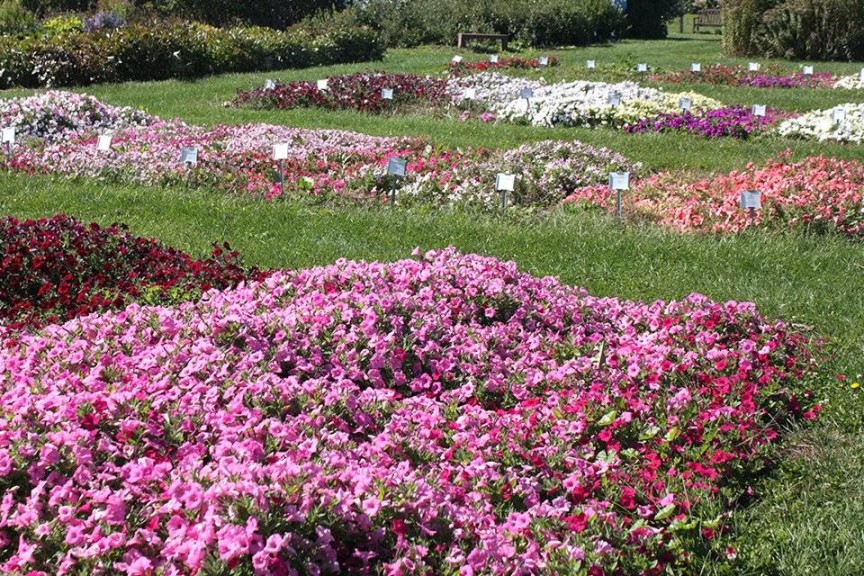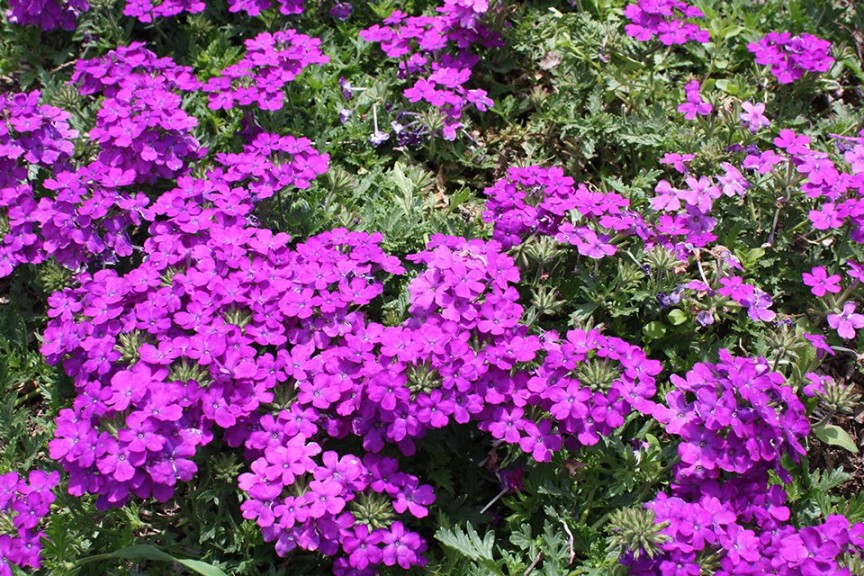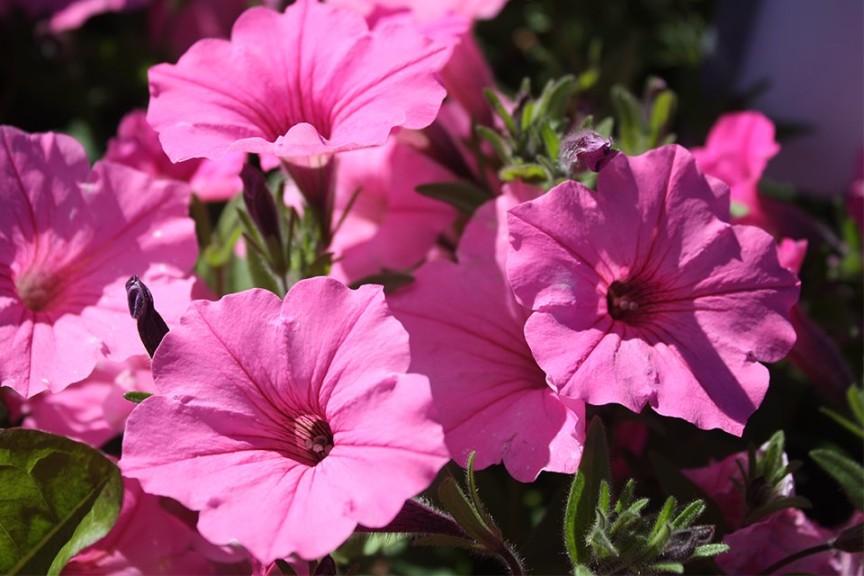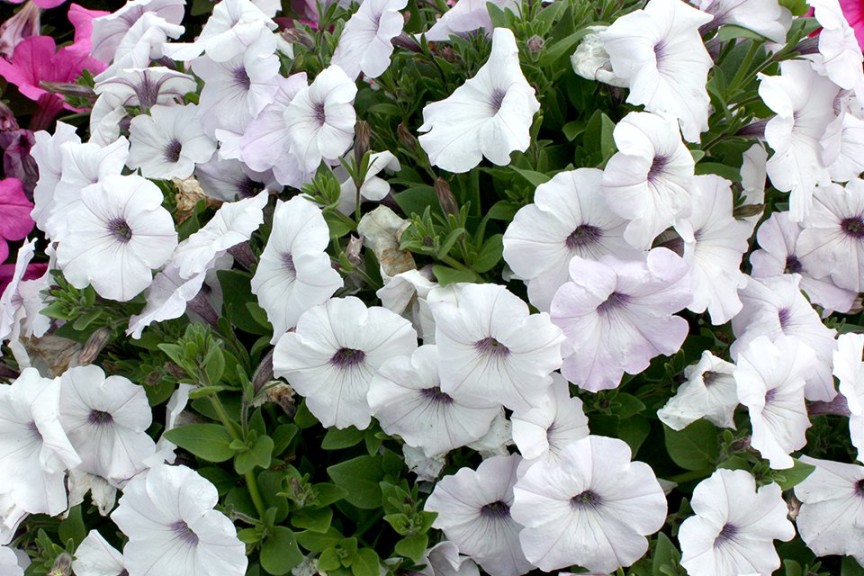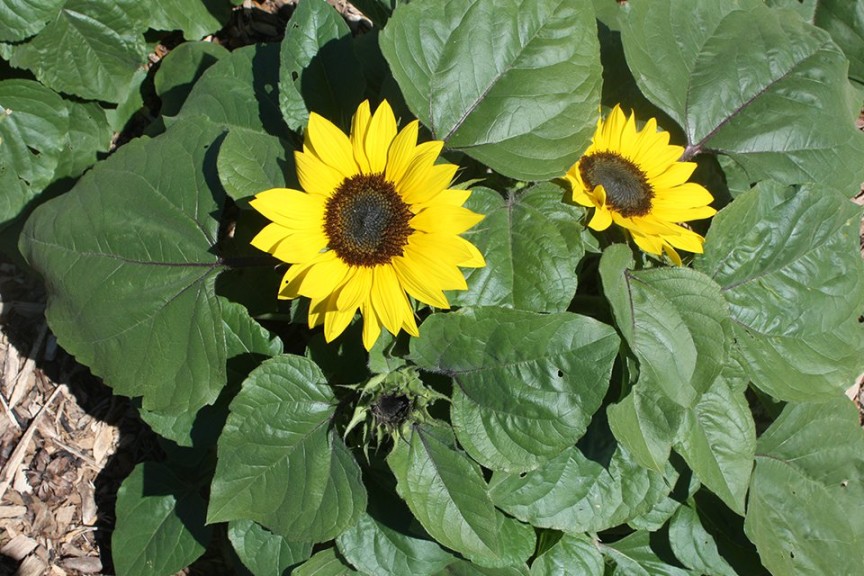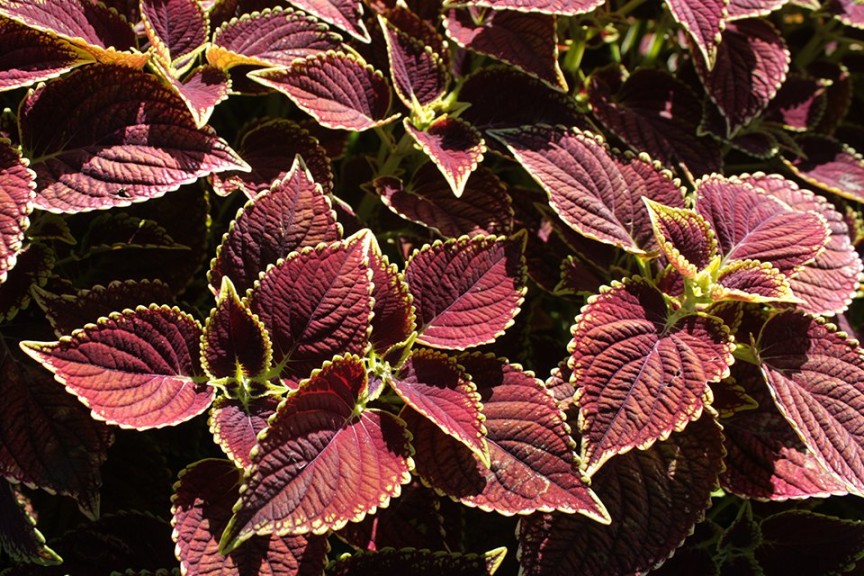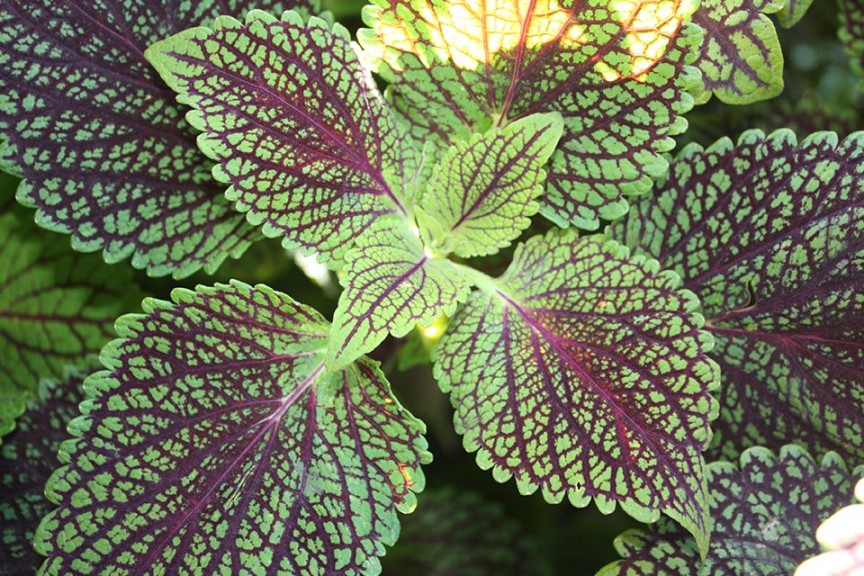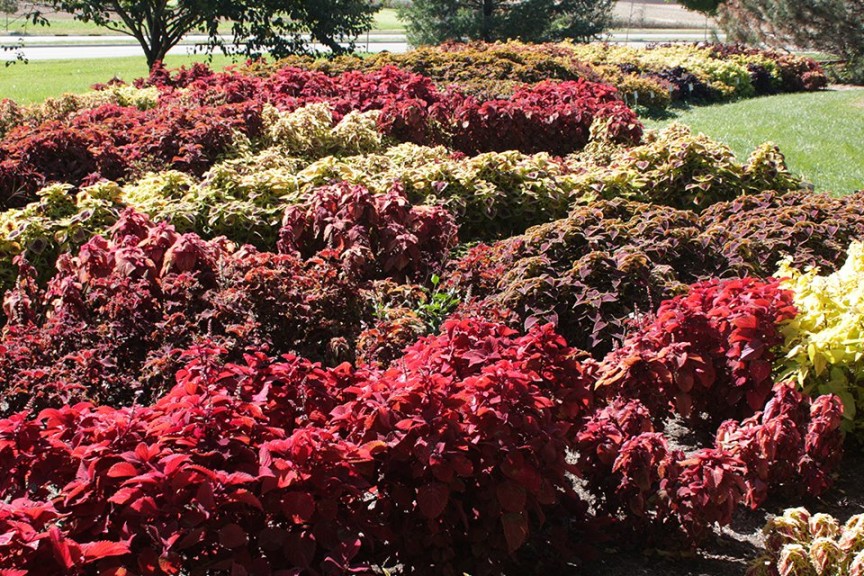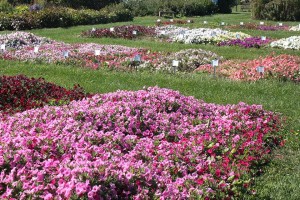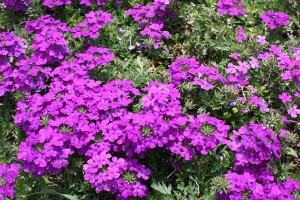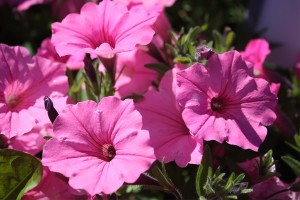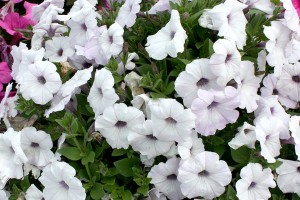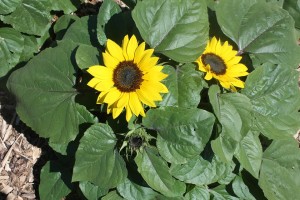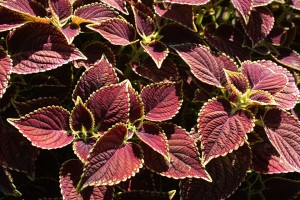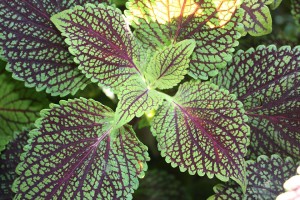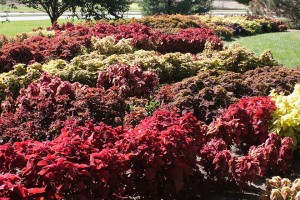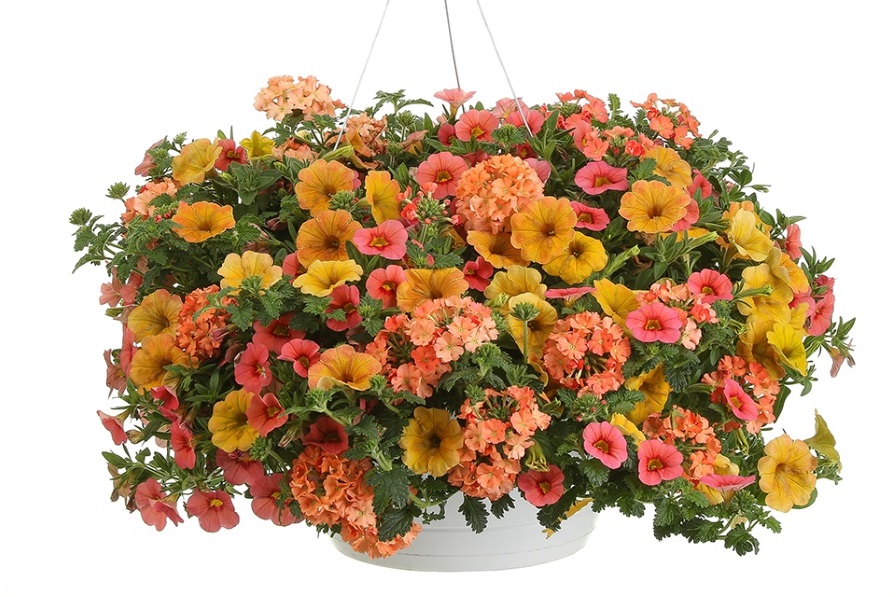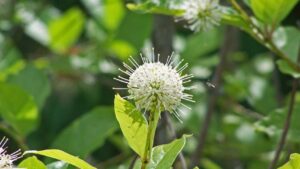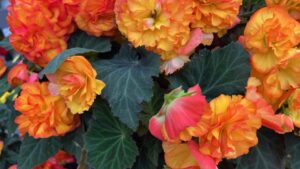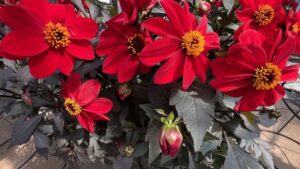University of Wisconsin (Verona, Wis.) 2015 Field Trials Results
This year, the University of Wisconsin evaluated more than 230 annual cultivars and more than 150 vegetable cultivars. The growing season began with cool temperatures that ranged close to freezing in mid-May. Rainfall during the trials was abundant and frequent. September was one of the warmest on record, which extended the beauty of the blooms on trial plants well into the fall.
[blackoutgallery id=”123852″]
Top Performers
■ Lamiaceae ‘Stained Glass Works Gran Via’
■ Coleus ‘Wasabi’
■ Coleus ‘Juicy Lucy’
■ Coleus ‘Lava Rose’
■ Petunia ‘Easy Wave Silver’
■ Petunia ‘Supertunia Bubblegum’
■ Coleus ‘Henna’
■ Coleus ‘Lemon Twist’
■ Coleus ‘ColorBlaze Apple Brandy’
■ Coleus ‘Ruby Dreams’
Consumer Favorites
■ Helianthus ‘Suntastic Yellow With Black Center’
■ Petunia ‘Superbells Evening Star’
Trial Manager Notes
All of our ornamental selections were transplanted by May 28 and mulched with leaves soon thereafter. Most vegetables (except onions, kale, and leafy greens) were mulched with alfalfa hay after emergence for weed control, fertility and clean fruit.
The winter of 2014-2015 was another very cold season, especially February, with more than half the days’ temperatures dropping below zero. The lowest reading was -14°F. The growing season began with very cool temperatures and flirted with freezing temperatures in mid-May. Growing degree days for 2015 were similar to 2014 with 2,337 units (base 50°F) accumulated from April 1 to September 30 (vs. 2,120 in 2014). However, this year, we only had one day above 90°F (vs. 11 days over 90°°F in 2014). September was one of the warmest on record, which extended the beauty of the blooms well into fall.
In addition to a relatively cool summer, rainfall was abundant (27.4 inches) and frequent (nearly every 10 days) from April to September, which reduced overhead irrigating to just two events. However, increased incidence in fungal pathogens and disease, including downy mildew and white mold, did kill some petunia and zinnia cultivars. Vegetables, particularly melons and squash, were diseased and struggled after emergence from Angular Leaf Spot bacterium, and most melon vines died prematurely in September due to bacterial soft rot. ‘Kabayon’ melon was uniquely resistant and not struck down and continued to ripen into October. Peppers produced well with harvest peaking in early September.
New to the gardens since 2014 are the testing of the Darwin Perennial collection. We are monitoring these for winter survival, pest tolerance, flowering duration and growth habit. In 2014, 22 cultivars from 10 genera were planted, of which three heuchera cultivars and one Lavandula cultivar did not overwinter. In 2015, 12 more cultivars from seven genus were established and will be evaluated next year.
The top three favorites rated by consumers were Suntastic ‘Yellow with Black Center F1’ sunflower, Petunia ‘Superbells Evening Star’ and our giant pumpkins. Overall, variety and color of the blooms on the petunias and the coleus foliage were fantastic. Visitors raved about them all summer long.




